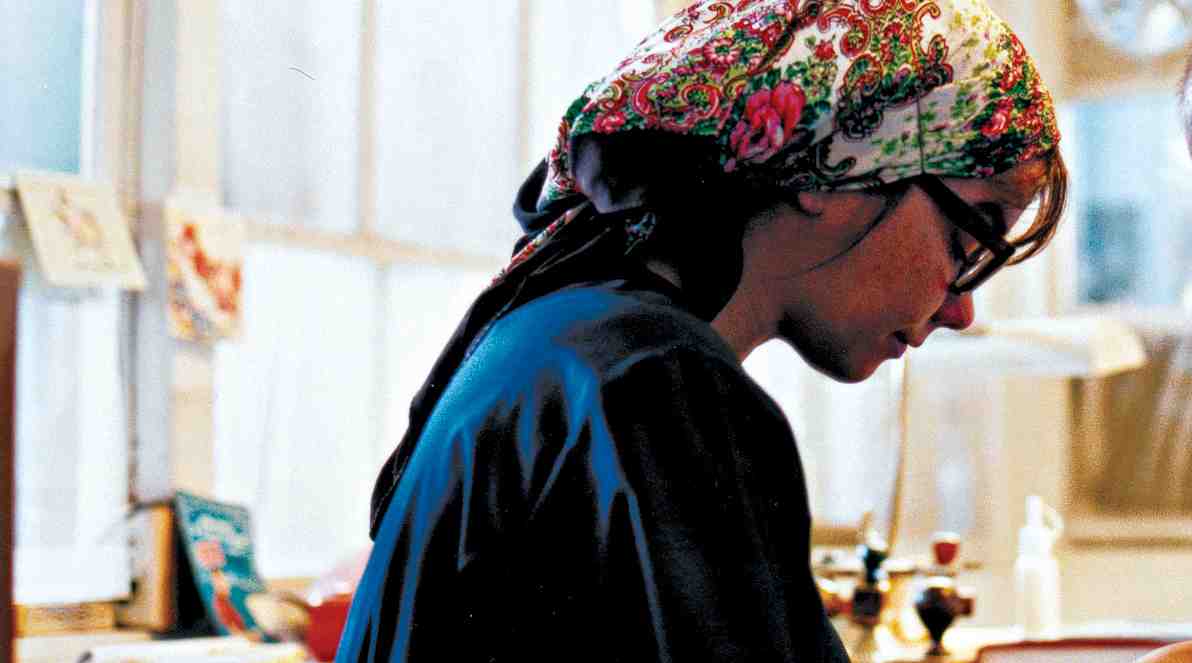
If there is one truly astounding quality about cinema, it is its inherently relative nature. For one individual, a particular film can hold immeasurable significance, moving them to cry, laugh, drown in nostalgia, or feel a range of other various emotions, whereas for another that same specific film will not resonate nearly as powerfully. As a medium, film can be molded and sculpted around our own lives and experiences. In this way, it can be incredibly personalized.
However, generally speaking, there exists objective sorrow in film (like the death of loved ones, the triumph of evil over good, the overwhelming sensation of a character getting in way over their head, etc.). These kinds of devices are usually used to illicit some kind of emotion in the broadest of senses, all in an attempt to exploit the more universal emotions towards a much larger audience base.
Essentially, these tools are used to accentuate a particular point, tone, or thesis of the film. Directors are keenly aware that the images they choose can manipulate and persuade, and when done right, can create heart wrenchingly powerful finales to their pictures. The following are examples of films that exceedingly perform to that degree (WARNING: spoilers for these subsequent films and their endings):
10. American History X (1998, Tony Kaye)
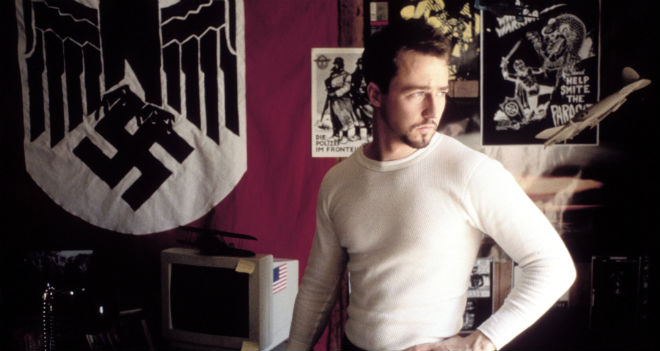
Arguably most notably acclaimed for his controversial 2006 documentary Lake of Fire, Tony Kaye is no stranger to pushing the envelope of dramatic storytelling. American History X is no different. In essence, the film follows a former Neo-Nazi Derek (Edward Norton) as he tries to prevent his younger brother Danny (Edward Furlong) from going down the same wrong path that he did in his youth.
Truant and misguided high schooler Danny Vinyard, after writing a report aspiring for pro-Nazi sympathies against his Jewish teacher, is informed by Principal Dr. Bob Sweeney that he will now study history and current events under him instead of getting expelled. The class will be called “American History X.” As a first assignment, Danny must prepare a paper on his brother Derek, a former neo-Nazi leader. As Danny writes the paper, the perspectives constantly shift back and forth from the past to the present between Derek and Danny himself.
The story cuts to the past, following Derek as he is reluctantly dragged into a 3-on-3 game against several members of the Crips. After winning with his friends, Derek leads a large gang of skinheads to attack a multiracial supermarket. That night, the Crips who lost at basketball attempt to steal Derek’s truck. Derek ends up shooting and killing one of the thieves, curb stomping another, before being arrested. He is sentenced to three years in prison for voluntary manslaughter.
Derek is given a job in the prison laundry and assigned a black partner. The pair later develop a relationship over their shared love of basketball. However, this relationship isn’t secured before Derek joins the Aryan Brotherhood band of the prison, but after about a year, he becomes disillusioned because some members have ties to other prison gangs who are of different ethnicities.
Due to his insubordination, Derek is beaten and sodomized in the shower. In recovery, Derek is visited by Sweeney who tells him that Danny is getting involved with those who poisoned him into believing the hate-filled rhetoric and ideology of white supremacy. Finally realizing the error of his ways, Derek leaves prison a changed man.
When he is released, both Danny and Derek go to a neo-Nazi party, where Derek tells fellow compatriots that he and his brother will no longer associate with the movement. After leaving the party, Derek confides to Danny about his experience in prison, causing Danny a change of heart.
The next morning, Danny finishes his paper, which ultimately ends up being a reflection on the wrongful ideologies he had once previously pursued and why they are flawed. At school, Danny is ambushed and killed in the bathroom by a young black student. Derek is crushed at the death of his brother and the film ends, pausing on whether or not Derek’s own actions caused his brother’s death or not.
In an alternative ending, in fact, Derek is seen shaving his head and returning to the neo-Nazi lifestyle. Needless to say, this bleak outcome, where the good didn’t necessarily triumph over evil, is an incredibly sobering moment for the film.
9. Buried (2010, Rodrigo Cortez)
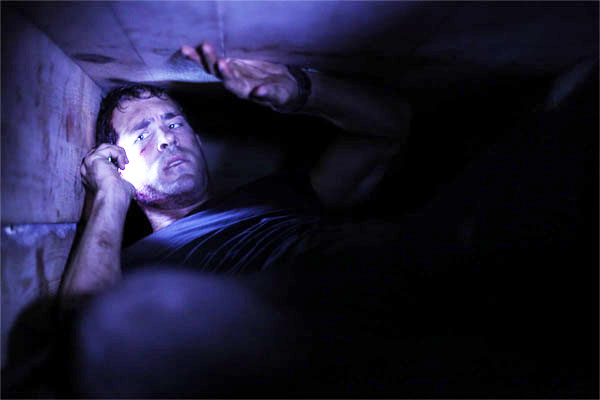
While not the most striking, critically acclaimed, or highly praised of films, Rodrigo Cortez’s 2010 “Buried” still successfully manages to ebb ambiances of incredibly vulnerability and panic within the hearts and minds of the audience.
The story follows Paul Conroy (Ryan Reynolds), an American civilian trucker who has been contracted to drive in Iraq. After being attacked, Conroy wakes up to find that he has been buried alive in a wooden coffin. In his possession, he only has a lighter, flask, flashlight, knife, glow sticks, pen, pencil, and a cell phone. The film only focuses on Conroy in the coffin, and follows him as he methodically pieces together how he came to be buried.
Through his cell phone, he manages to contact his wife, the terrorists who kidnapped him, and the US State Department. Dan Brenner, head of the Hostage Working Group, is primarily tasked with talking to him and guiding him through this nightmare. In an attempt to calm him down, Brenner tells of a man named Mark White who was in this exact same situation and how they managed to find and rescue him.
As the film progresses, Conroy deals with the death of a colleague by the terrorists who kidnapped him, the loss of his pension and benefits by his company, and the slow, but gradual, filling of his coffin by sand.
At the climactic peak of the film, the coffin is almost full of sand and whatever feeling of panic is accentuated by a nauseating grip of claustrophobia. When Brenner claims they found where he was buried, they really found the grave site of Mark White. The film ends with the sand finally completely filling the coffin, suffocating our protagonist.
Why this ending, however cheap you want to argue, clearly sets up the premise, immerses the audience in its extremely claustrophobic atmosphere, and just at the moment when we think our hero is saved, a moment where we think we as the audience we can sigh in relief, the information that they mixed up Conroy’s grave with another serves as the ultimate sucker punch. Paul Conroy isn’t going to make it. He is going to die. In essence, “we” are going to die with him.
8. The Vanishing (1988, George Sluzier)
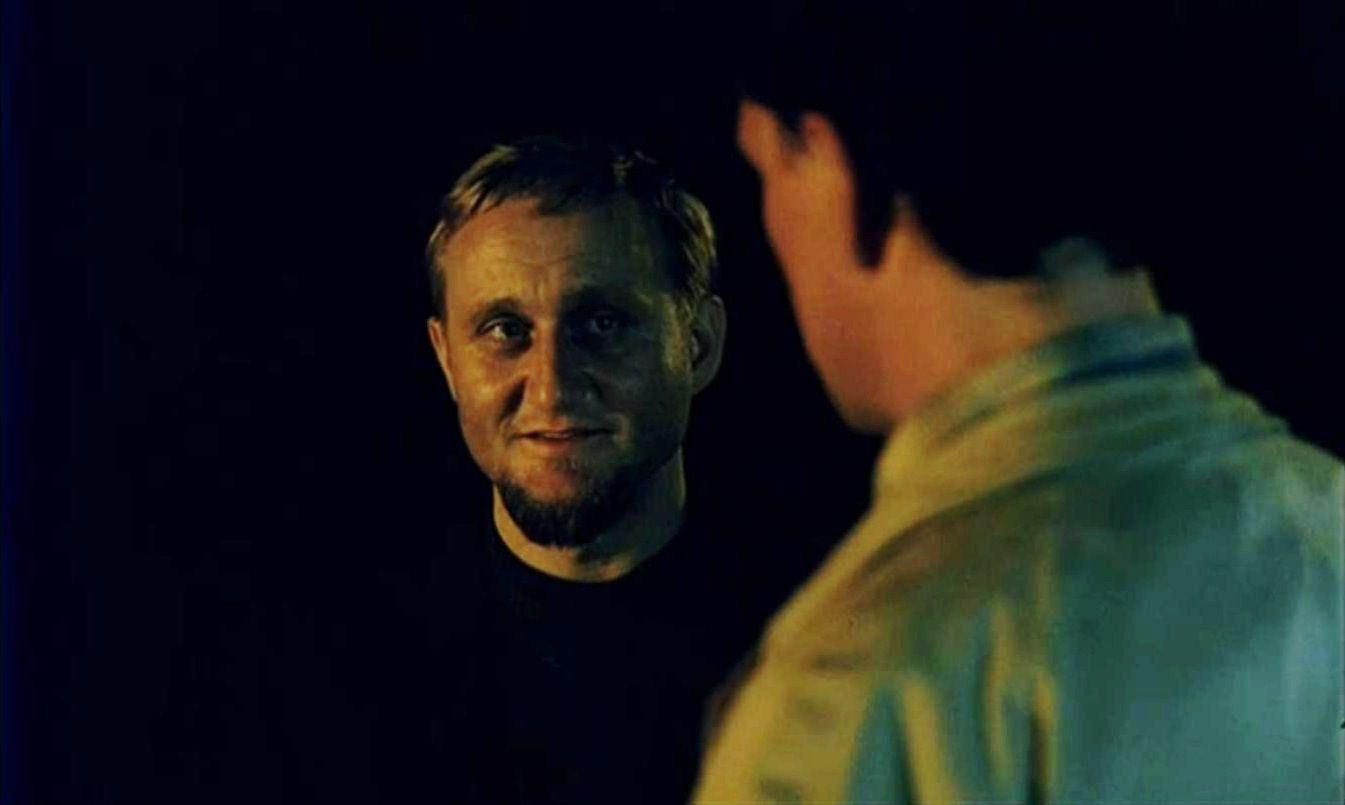
George Sluzier’s 1988 “The Vanishing” most certainly can be considered a film with an agonizing slow burn; a burn which also speaks to us all on a much more viscerally interpersonal level.
The story begins with Rex (Gene Bervoets) and Saskia (Johanna ter Steege) on vacation, driving hapilly through France. When their car runs out of gas, they quickly decide to stop at a rest area. Here, Rex promises to never abandon Saskia and they bury two coins at the base of a tree as a symbol of their romance. Saskia then goes into the rest station to buy sodas and snacks.
As the time continues to pass, and Saskia has not returned with each passing minute, Rex begins to gradually worry. When at last he begins to search for her, Saskia appears to have vanished. At this point, Rex frantically, as well as hopelessly, begins to search for her. It is here that we, the audience, are thrust into the first emotional wave of panic at our sympathies with Rex and his predicament. It preps us for the rest of the film because from here, things will not get any better.
The film then cuts to another man named Raymond (Bernard-Pierre Donnadieu). Raymond is an average everyday family man with a dark, murderous secret. Sluzier shows him plotting to buy an isolated house, experimentations with chloroform, and rehearsals of scenarios in which he entices women into his car. We find out that after several initial attempts at abduction fail, he feigns himself as an injured individual in need of assistance. He goes to the rest area out of town and we discover how Saskia came to be abducted.
Three years after Saskia’s disappearance, Rex is still searching for her and Raymond has been taunting him with invitations to meet through postcards. Rex then makes a public appearance on television, asking out to the kidnapper that he only wants to know the truth about what happened to Saskia. Eventually, Raymond confronts Rex and admits to the kidnapping. Additionally, he promises that he will reveal what happened to her if Rex comes with him.
By the end of their drive, Raymond pours Rex a cup of drugged coffee, telling him the only way to learn what happened to Saskia is to experience it himself. After resolving himself to drinking the coffee, and subsequently passing out, Rex awakens to find himself buried in a coffin underground. The film ends with Raymond relaxing with his family at the secluded house. Fear of being buried alive aside, Rex, as well as the audience, are dealt the ultimate sucker punch. The closure we desired was never delivered and Raymond got away with it all.
7. Melancholia (2011, Lars von Trier)
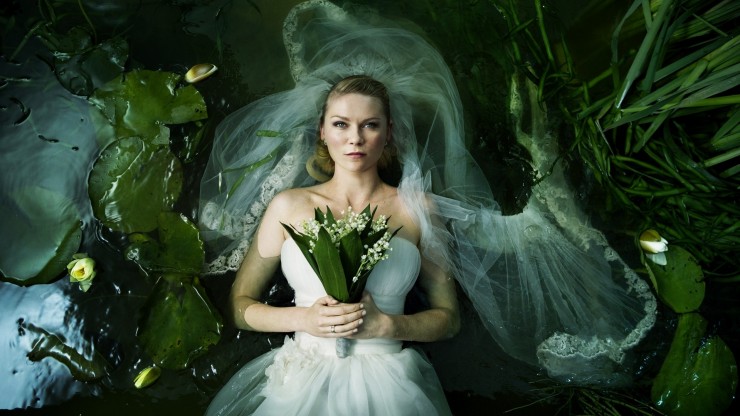
Again, we find ourselves returning to Lars von Trier, this time, however, to the second installment of his “Depression Trilogy.” “Melancholia” follows the perspective of several lost souls during the period of several months, starting our journey with them during a forlorn wedding and ending it with the literal apocalypse.
The film begins with newlyweds Justine (Kirsten Dunst) and Michael (Alexander Skarsgard) arriving several hours late to their own wedding. Throughout the ceremony, everyone praises Justine for her beauty, grace, and sheer talent, but under this façade, Justine’s sister Claire (Charlotte Gainsborough), urges her sister to hide and suppress the melancholy that she feels for her new husband.
As the film continues and the night of the wedding is past, it is discovered that a new rogue planet (dubbed “Melancholia”) has been predicted to “fly-by” the Earth at an alarmingly, however safe, distance. At this point, Justine, newly single, has sunk deeper into her depression. She can no longer taste her favorite foods and becomes increasingly unmotivated to continue with life. Claire, as the trajectory with the rogue planet grows nearer, fears it will in fact collide with Earth, bringing about the end of the world.
One night, Melancholia passes Earth closely, but, as initially predicted, does not collide. To great relief, Claire is reassured that her fears will not come to fruition. However, when using a makeshift measuring device the next day, she discovers that the rogue planet is indeed circling back towards Earth and will inevitably strike it.
She finds her husband has committed suicide at the onset of this information, but Justine wakes from her stupor and insists that she, as well as everything else, will be alright. Claire’s son is afraid, but Justine merely insists that they will all be safe if they construct “a magic cave” of sticks and twine.
The conclusion of the film encapsulates the three remaining members of the family sitting under this makeshift teepee as Melancholia comes hurling against the Earth, killing them all. And so, von Trier’s personification of depression, with its vicelike grip as well as its furious tenacity to latch onto an individual and never let go, is completed.
6. Five Easy Pieces (1970, Bob Rafelson)
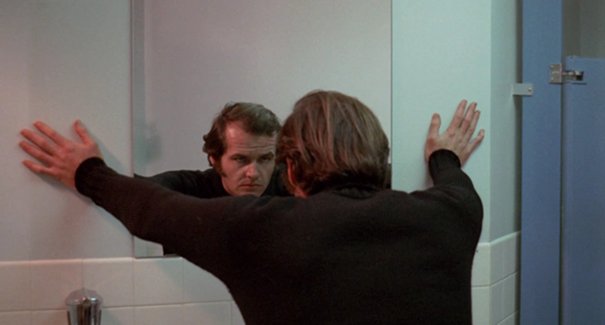
Through involvement in films such as Easy Rider (1969), Head (1968), and The Last Picture Show (1971), Bob Rafelson is most renowned as one of the great American pioneers of the American New Wave movement of the 1960s / 70s. The movement itself hailed a direction of cinema where the film director themselves, rather than the studio, took on a key authorial role during pre and post production of film. It dawned a new era of freedom, giving filmmakers like Scorsese, Spielberg, Lucas, and Coppola new ground for innovation. Rafelson’s Five Easy Pieces is no stranger to this pantheon of importance.
Jack Nicolson plays Bobby Dupea, a California oil laborer. By day, Bobby works the desert, but by night he spends most of his time with his waitress girlfriend Rayette (Karen Black). Bobby is a fractured man, as is most evidenced by his apt nature to drink, bowl, and have sex with other women. On the outside, Bobby Dupea is a washout loser and an absolute nobody; but what Bobby hides in this façade is his former classical training in piano as well as his origin from an upper-class family of musicians.
After finding out Rayette is pregnant, Bobby leaves for Los Angeles where his sister Partita (Lois Smith), also a pianist, is making a recording. It is here that Partita informs him that their father has suffered two strokes. She urges Bobby to return to the family home in Washington State to visit him. He relunctantly agrees, deciding to take Rayette begrudgingly with him as well.
When he returns to his childhood home, first keeping his girlfriend tucked away in a nearby motel, Bobby is ostrasized by his estranged father. At dinner that night, Bobby meets Catherine (Susan Anspach), a young pianist engaged to his brother Carl (Ralph Waite), a violinist. Despite their differences, Catherine and Bobby end up having sex.
Throughout the film, the audience witnesses the rupture and schism of his family. When Rayette arrives unannounced to the Dupea estate, her presence only creates an awkward circumstance. When at last it comes time for the final confrontation between father and son, Nicolson delivers an emotion, heartfelt, and tear driven monologue about his relationship and regret. For the first time, Bobby is weak and vulnerable.
The triumph and bittersweet moment of the film, however, is undercut when after Bobby fails to persuade Catherine to go away with him, he abandons Rayette at a gas station, giving her his wallet and hitching a ride on a truck headed north, inferring that, after everything, there is no real hope left for Bobby.